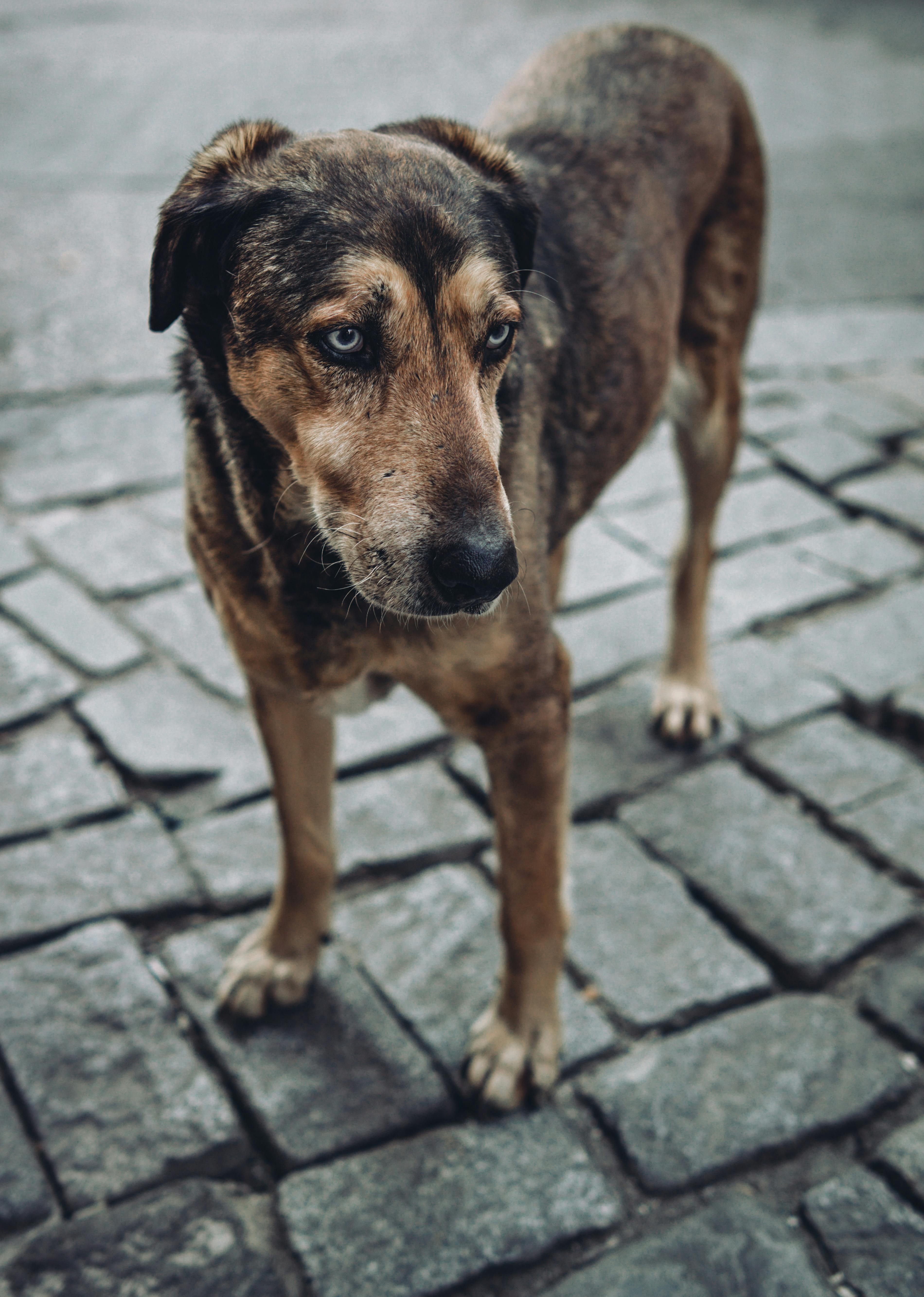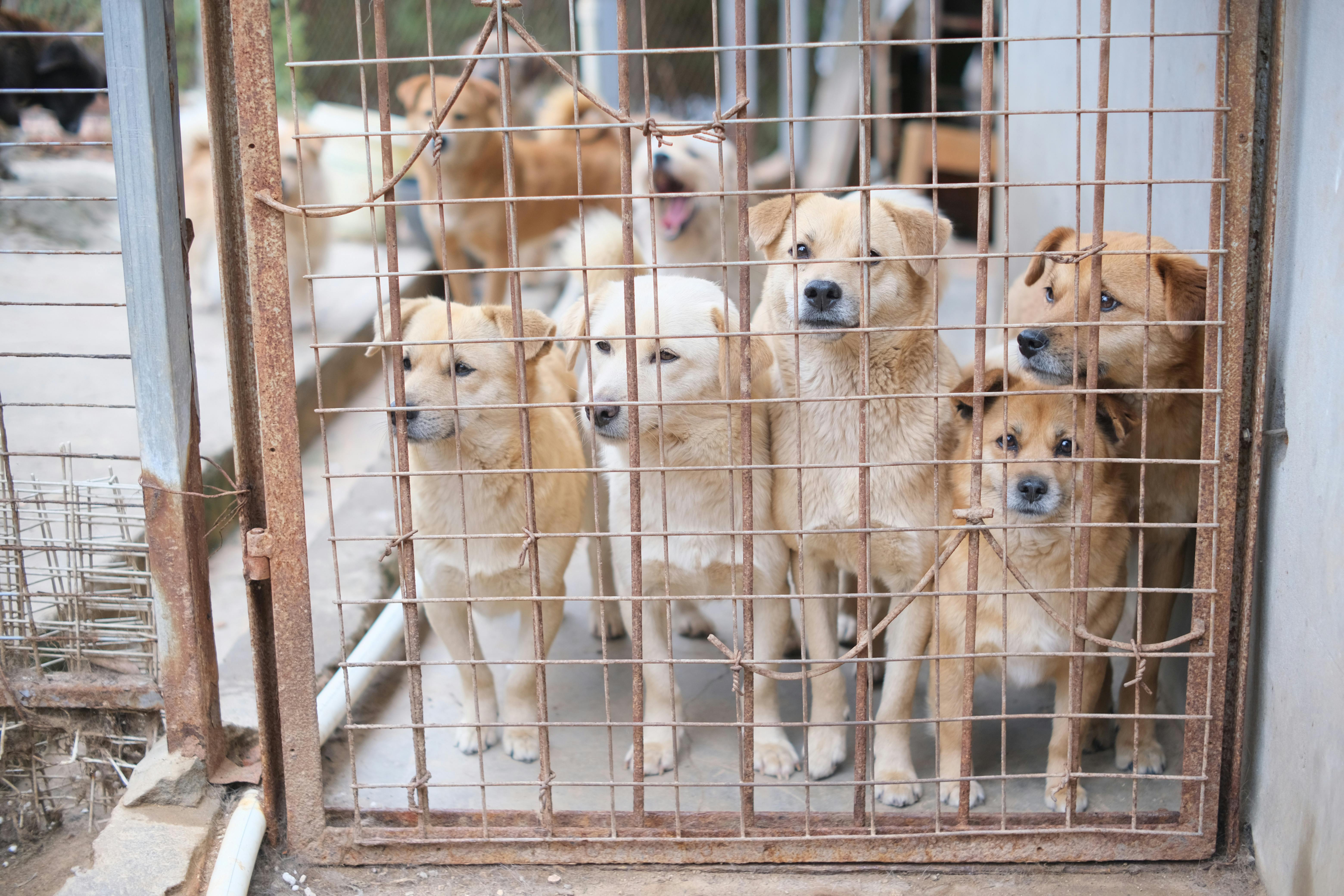Finding a stray dog can be an emotional moment. At DogDog, we’re passionate about creating a world where every dog is cared for, and that includes guiding compassionate people like you to safely help when you come across a lost pup. Here’s our deeply practical, step-by-step guide to rescue and reunification—designed by people who love dogs as much as you do.

1. Observe and Prioritize Safety
- Approach slowly with calm confidence. Speak in a soft, gentle tone. If the dog shows signs of fear or aggression (stiff body, growling, bared teeth, or hard stare), don’t approach—call animal control or your local rescue.
- Scan your surroundings. Is the area busy with traffic? Are there hazards like glass or open water? Keep yourself and the dog out of harm’s way.
- Notice the dog’s condition: Are there visible injuries, limping, or heavy panting? If the dog needs urgent care or is aggressive, it’s safest to let professionals step in.
2. Safely Contain—No Chasing!
- Never chase a stray—it often makes matters worse and can drive them into traffic. Instead, crouch or kneel at an angle, avoid direct eye contact, and toss high-value treats to encourage approach.
- If you don’t have a leash, improvise with a slip lead using a rope, belt, or even a soft scarf. For friendly strays, invite them inside an open car door or a fenced area—many will choose the safety on their own.
- Once contained, double-check the area for hazards—make sure they can’t escape onto busy roads or into unsafe spaces.

3. Check for Identification Immediately
- Look for a collar or ID tag. Call or text any number you find—owners are often anxiously watching their phones.
- Note all details: color and style of the collar, breed, unique markings, or scars. Snap quick photos for identification and later posting.
4. Get the Dog Scanned for a Microchip
- If no ID is visible, take the dog to a local vet, shelter, or animal control agency for a microchip scan. This is usually free and only takes a minute.
- Microchips connect lost pets to their owners without exposing personal info. If a chip is found, the professional will reach out to the registered owner immediately.

5. Notify Local Shelters and Authorities
- Call nearby shelters, animal control, and vet clinics. Leave your contact and a clear description—they maintain lists of lost and found pets and can help alert owners quickly.
- If you’re unable to safely contain the dog or need help, request a pickup from animal control.
- Always ask about local protocols for holding a found dog; following the rules maximizes the chance of safe reunification.
6. Create Effective “Found Dog” Posts
- Take clear, well-lit photos from several angles. Highlight unique features—spots, scars, unusual eyes, or a quirky collar.
- Include the date, time, and exact location where the dog was found. Mention if the dog has been scanned for a chip or shown to a vet.
- Share your post on local shelter pages, neighborhood Facebook groups, Nextdoor, and community bulletin boards. Keep one special detail (like a scar or a collar marking) private for owner verification.
7. Short-Term Care and Decompression
- The first 24–48 hours can be overwhelming for a lost dog. Give them a quiet, secure space—a laundry room, bathroom, or crate is ideal. Minimize stress: low voices, dim lighting, and minimal handling.
- Fresh water and highly palatable food is often appreciated, but don’t worry if they don’t eat immediately. Some frightened strays are too nervous to eat, drink, or even potty right away.
- If you must move the dog, avoid force. Let them go at their own pace. Be patient and gentle—you’re earning trust.

8. Veterinary Care: Don’t Skip This Step
- Bring the dog to a vet for a health check. Even if the animal looks healthy, strays may have underlying injuries, parasites, or other medical needs.
- If you have dogs at home, ask about possible disease transmission and follow any recommended quarantine guidelines.
- Request another microchip scan just in case—the first scan sometimes misses older or improperly placed microchips.
9. Legal Requirements and Documentation
- Keep a log: where and when you found the dog, steps taken (calls, visits, posts), and copies of any lost & found postings.
- Contact animal control to learn about stray hold regulations in your area. Reporting promptly helps avoid disputes and is often required by law.

10. Reunification: Make Sure It’s the Right Home
- Ask potential claimants for proof: photos with the dog, vet records, city license, or detailed descriptions of that private characteristic you didn’t post.
- Plan the reunion in a safe public place or through a shelter/vet if possible. Don’t hesitate to request that the owner brings ID or supporting documents for added peace of mind.
- If no one comes forward after the legal hold period and you’re unable to keep the dog, your local shelter or a trusted foster/rescue group can help with the next steps.
What If It’s Night or Bad Weather?
- Focus on containment: A bathroom, laundry room, or crate works in a pinch. Turn down the lights and keep the space calm.
- Wait to bring the dog to a vet or shelter until they open—prioritizing comfort and safety until then.
Essential “Found Dog” Car Kit
- Slip lead or extra leash (a sturdy belt or rope works in a pinch)
- High-value treats, like small pieces of cooked chicken
- Collapsible water bowl and bottled water
- A towel or blanket for warmth and calming
- Hand sanitizer and extra dog waste bags
- Flashlight for night rescues (a reliable flashlight can make a huge difference in safety and visibility during night attempts)
Quick Rescue Timeline
- First 15 minutes: Assess safety and try to contain calmly. Check for visible ID and snap photos.
- Within 1 hour: Microchip scan at vet/shelter; begin calls to shelters, animal control, and local clinics. Post photos on local lost & found networks.
- First 48 hours: Provide decompression and care if you’re holding the dog. Continue outreach and monitor responses.
FAQs: Your Most Pressing Questions
Should I take the stray dog home?
If the dog is calm, contained, and you have a safe, separated space, a brief hold can help speed a reunion. Notify animal control right away and arrange for a microchip scan. If you feel unsafe or unsure, it’s always best to request professional support.
What’s the best way to approach a fearful stray?
Patience is everything. Sit sideways at a distance and toss treats—never lunge, grab, or corner the dog. If the dog flees or shows red-light behaviors, step back and call animal rescue or your local shelter.
What if the dog bites?
If bitten, seek medical care and let animal control know. Don’t try further handling—safety for all comes first.
Your Compassion Matters—So Does Your Everyday Impact
Every dog helped means one less animal in distress and one more family with a happy reunion. At DogDog, we’re deeply committed to making these rescues possible—not only with resources like this, but with tangible support for shelters and animals in crisis. Did you know your searches on DogDog automatically raise money for shelter meals and vet check-ups? Each search helps dogs get the care they need to make it home safely or start a new journey.
Thank you for caring—and for taking action when a stray dog needs someone on their side. For more resources or to see how you can further help shelter pets, join us at DogDog.
Downloadable Checklist (Copy & Paste for Future Use):
1. Observe: Traffic, injury, behavior—don’t chase! 2. Contain: Calm, slow, and safe. Leash, car, or secure space. 3. Check ID: Tags, collar, phone number. 4. Microchip: Free scan at vet or shelter. 5. Notify: Animal control, shelters, clinics. 6. Post: Great photos, location, date, keep one ID detail secret. 7. Care: Water, food, decompression for 24–48 hrs if holding. 8. Vet: Exam, re-scan chip, check for illness. 9. Log: Notes, calls, posts—follow stray hold rules. 10. Reunite: Verify proof, arrange safe handoff.
